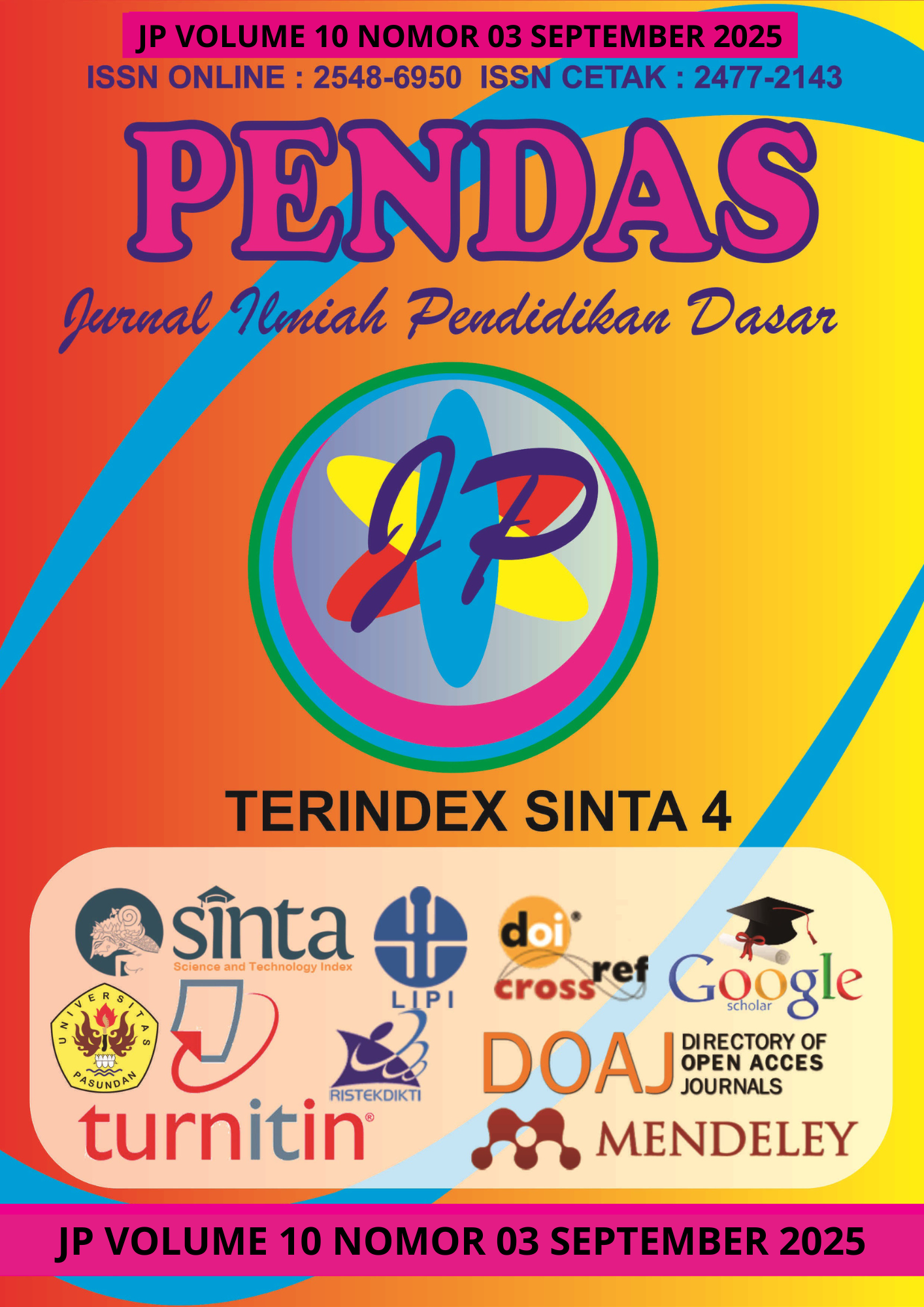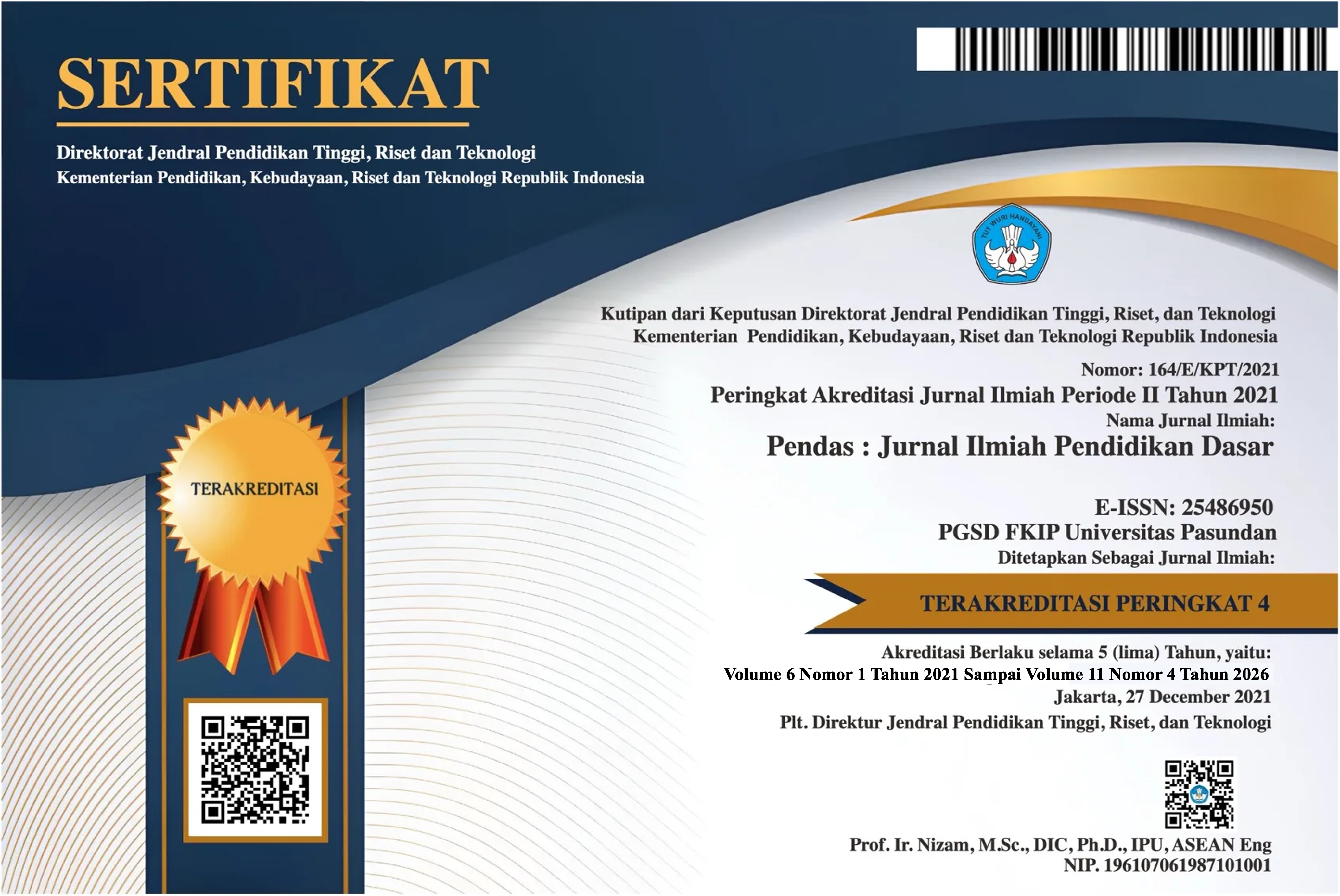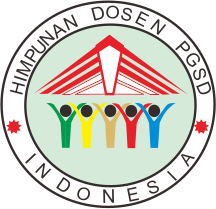PROFIL KEBAHAGIAAN SISWA BERPRESTASI DI MADRASAH TSANAWIYAH NEGERI (MTSN)
DOI:
https://doi.org/10.23969/jp.v10i03.32359Keywords:
happiness, high-achieving students, MTsN, psychological well-beingAbstract
Happiness is a crucial aspect of student psychological development, particularly for high-achieving students who often experience increased pressure in academic activities. This study aims to describe the happiness profile of high-achieving students at a State Islamic Junior High School (MTsN). The research approach used was descriptive qualitative, with data collection techniques including in-depth interviews, observation, and documentation. This study also employed data triangulation, as the data were gathered from diverse, mutually reinforcing sources: the guidance counselor, parents, the principal, peers, and the homeroom teacher. The subjects were three high-achieving students selected based on academic and non-academic achievement criteria. The results indicate that high- achieving students at MTsN generally have high levels of happiness, influenced by social support from family, teachers, peers, and personal achievements recognized by the school environment. This study recommends a holistic approach to supporting high-achieving students to maintain emotional, social, academic, and non-academic balance.
Downloads
References
Aprilianti, A. F. (2020). Konsep kebahagiaan perspektif psikologi dan Al-Qur’an. Dar El- Ilmi: Jurnal Studi Keagamaan, Pendidikan Dan Humaniora, 7(2), 82–100.
Bazeley, P., & Richards, L. (2000). The NVivo qualitative project book. Sage.
Flick, U. (2007). Triangulation of qualitative and quantitative research. Managing Quality in Qualitative Research, 92–107.
Gao, Y., & Liu, Q. (2017). Preference query analysis and optimization. Springer.
Nurfarhanah, N. (2018). Membangun Karakter dengan Terapi Positif. Seminar Konseling 2017.
Pratiwi, W. I., Rachmawati, S., & Puspitasari, D. N. (2017). Psychology for daily life. Jakarta: Rajawali Pers.
Puspita Dewi, E. M. (2014). Konsep kebahagiaan pada remaja yang tinggal di jalanan, panti asuhan dan pesantren. Intuisi Jurnal Ilmiah Psikologi, 6(1), 28–33.
Rusdiana, I. (2017). Konsep authentic happiness pada remaja dalam perspektif teori myers. Jurnal Kependidikan Dasar Islam Berbasis Sains, 2(1), 37–44.
Seligman, M. E. P. (2004). Authentic happiness: Using the new positive psychology to realize your potential for lasting fulfillment. Simon and Schuster.
Seligman, M. E. P., Nukman, E. Y., Prabantoro, A., & Baiquni, A. (2005). Authentic happiness: Menciptakan kebahagiaan dengan psikologi positif. Mizan.
Seligman, M. E. P., Rashid, T., & Parks, A. C. (2006). Positive psychotherapy. American Psychologist, 61(8), 774.
Setiadi, I. (2016). Psikologi positif: Pendekatan saintifik menuju kebahagiaan. Gramedia Pustaka Utama.
Downloads
Published
Issue
Section
License
Copyright (c) 2025 Pendas : Jurnal Ilmiah Pendidikan Dasar

This work is licensed under a Creative Commons Attribution 4.0 International License.



















